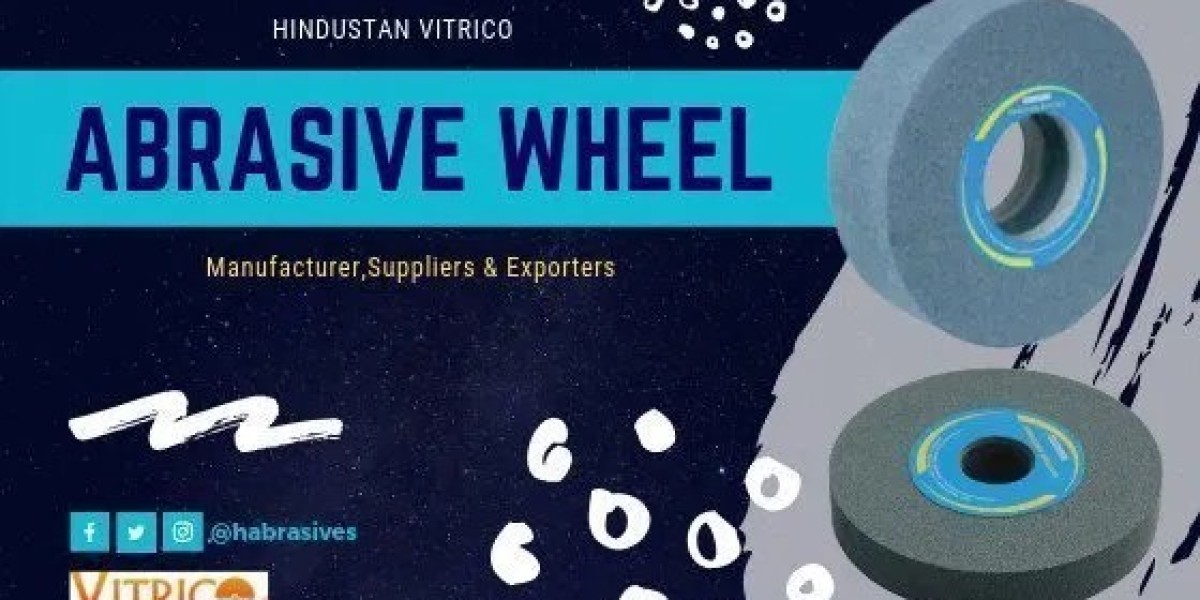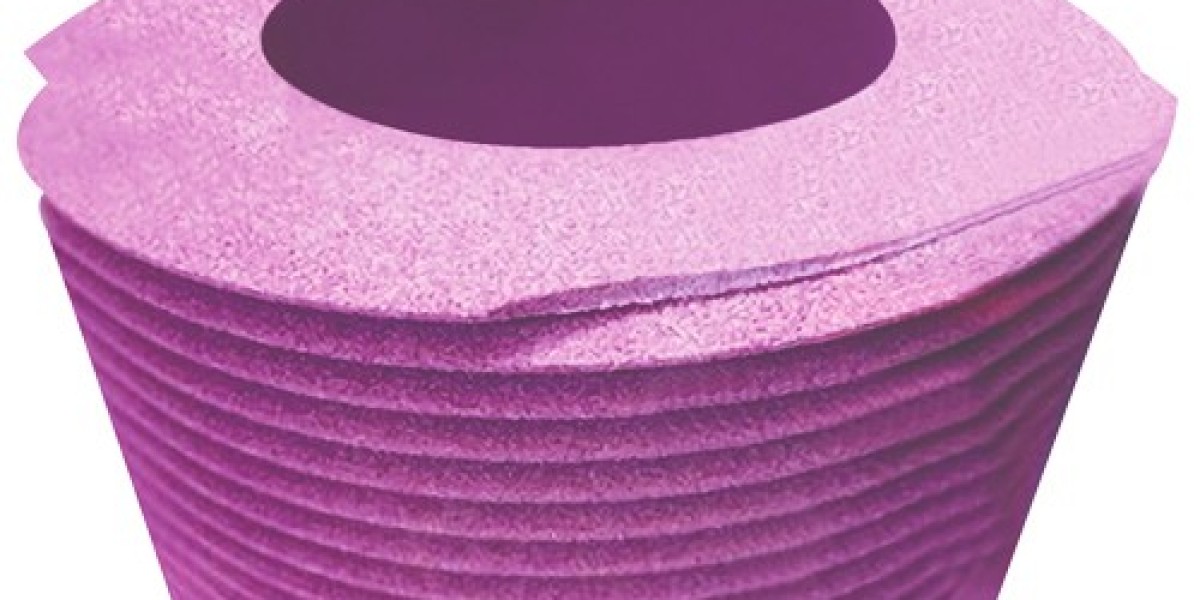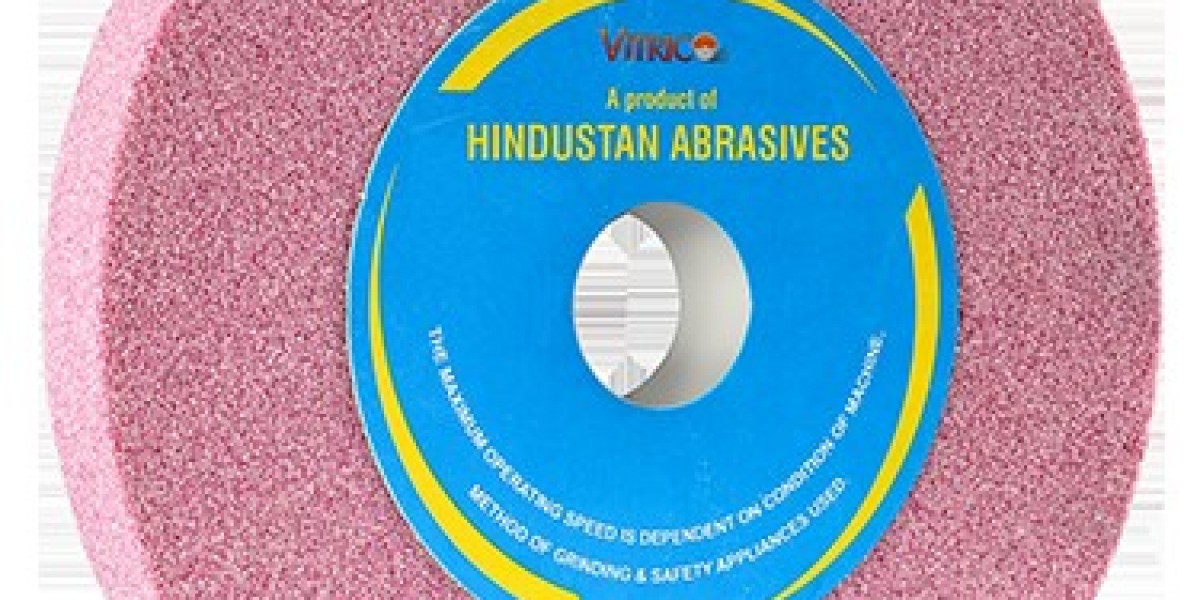Grinding wheels are crucial tools in metalworking, machining, and surface finishing. However, during use, two common issues that can drastically affect performance are Glazing and loading in grinding wheel Both problems reduce the cutting efficiency of the wheel, increase heat generation, and lead to poor surface finishes. In this blog, we’ll explain what glazing and loading are, their causes, effects, and how to resolve or prevent them.
What is Glazing in Grinding Wheel?
Glazing refers to a condition where the abrasive grains on the grinding wheel surface become dulled and smooth, losing their cutting edge. As a result, the wheel no longer grinds effectively and instead rubs against the workpiece, producing excessive heat and a poor finish.
? Causes of Glazing:
Using a hard grade grinding wheel for soft materials
Insufficient dressing or infrequent dressing of the wheel
Low feed rate or grinding pressure
Excessive wheel speed
Use of an inappropriate abrasive for the material
? Effects of Glazing:
Increased heat generation
Workpiece burning or surface damage
Poor surface finish
Reduced grinding efficiency
Higher power consumption
?️ Solutions to Glazing:
Dress the wheel frequently to expose fresh abrasive grains
Use a softer grade wheel if the workpiece material is soft
Increase the feed rate or depth of cut moderately
Reduce the wheel speed
Choose a suitable abrasive type (e.g., aluminum oxide for steel, silicon carbide for softer metals)



